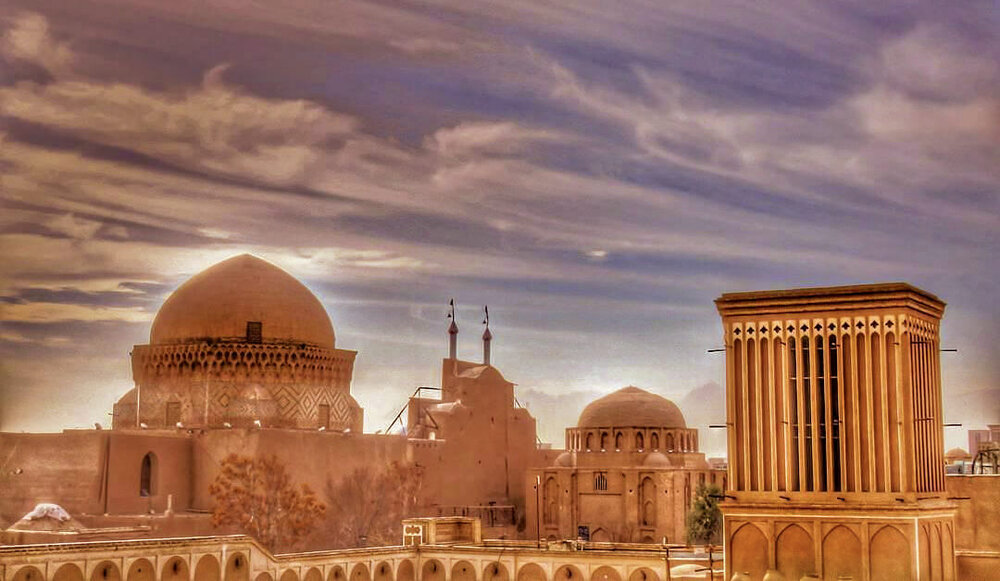Yazd holds potential to become a scientific tourism hub

TEHRAN–The central province of Yazd has considerable potential to become the country’s scientific tourism hub, the province’s governor has said.
“Among the most suitable areas, for scientific tourism is Yazd province,” CHTN quoted Mehran Fatemi as saying on Sunday.
If Yazd is given greater attention to this branch of tourism, in addition to introducing its tourism capabilities, it could become one of the most attractive places to conduct geological studies and research, the official added.
By promoting the attractions of this field, scientific tourism as well as geotourism can create jobs for university graduates who are interested in this field, he mentioned.
Launching tours in this field will create employment for graduates of this field since experts and those familiar with a particular subject are necessary to guide the tours, he explained.
Geotourism is defined as tourism that sustains or enhances the distinctive geographical character of a place—its environment, heritage, aesthetics, culture, and the well-being of its residents.
Many experts believe that geotourism is not a niche market as the global population of travelers increases and destinations become more globalized and homogenous, principles of geotourism are resonating with travelers across the globe.
Visits to scientific landmarks, such as museums, laboratories, observatories, and universities, are part of scientific tourism, as are visits to see scientific events, such as solar eclipses.
In July 2017, the historical structure of the city of Yazd was named a UNESCO World Heritage. Wedged between the northern Dasht-e Kavir and the southern Dasht-e Lut on a flat plain, the oasis city enjoys a very harmonious public-religious architecture that dates from different eras.
Yazd is usually referred to as a delightful place to stay, or a “don't miss” destination by almost all of its visitors. It teems with mud-brick houses that are equipped with innovative badgirs (wind catchers), atmospheric alleyways, and many Islamic and Iranian monuments that shape its eye-catching city landscape.
It is a living testimony to the intelligent use of limited available resources in the desert for survival. Water is brought to the city by the qanat system. Each district of the city is built on a qanat and has a communal center.
Buildings are built on earth. The use of earth in buildings includes walls and roofs through the construction of vaults and domes. Houses are built with courtyards below ground level, serving underground areas. Wind catchers, courtyards, and thick earthen walls create a pleasant microclimate.
Partially covered alleyways, together with streets, public squares, and courtyards, contribute to a pleasant urban quality. The city escaped the modernization trends that destroyed many traditional earthen cities.
It survives today with its traditional districts, the qanat system, traditional houses, bazaars, hammams, water cisterns, mosques, synagogues, Zoroastrian temples, and the historic garden of Dolat-Abad. The city enjoys the peaceful coexistence of three religions: Islam, Judaism, and Zoroastrianism.
ABU/AM
Leave a Comment